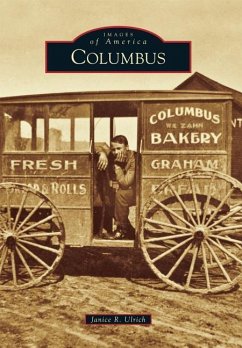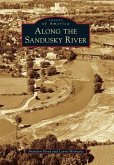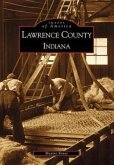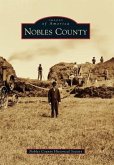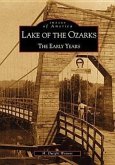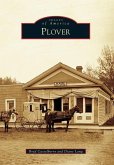From the earliest days of Columbus, rural dwellers and city residents have shared a common goal of making the area a comfortable place to call home. The early Welsh and German settlers found fertile soil, lumber, a source of water in the Crawfish River, and generally adequate rainfall to successfully grow crops for their families and to sell for income. They needed little else except their own industrious spirits. With the establishment of the Columbus Canning Company in 1900, the village was transformed into an industrial hub that thrived for the next 75 years. Businesses related to the production of canned peas, corn, pumpkin, tomatoes, and beans flourished, benefiting both growers and processors. Columbus offers a quiet, low-key environment with access to post-secondary education and world-class cultural experiences within an hour's drive.
Hinweis: Dieser Artikel kann nur an eine deutsche Lieferadresse ausgeliefert werden.
Hinweis: Dieser Artikel kann nur an eine deutsche Lieferadresse ausgeliefert werden.

